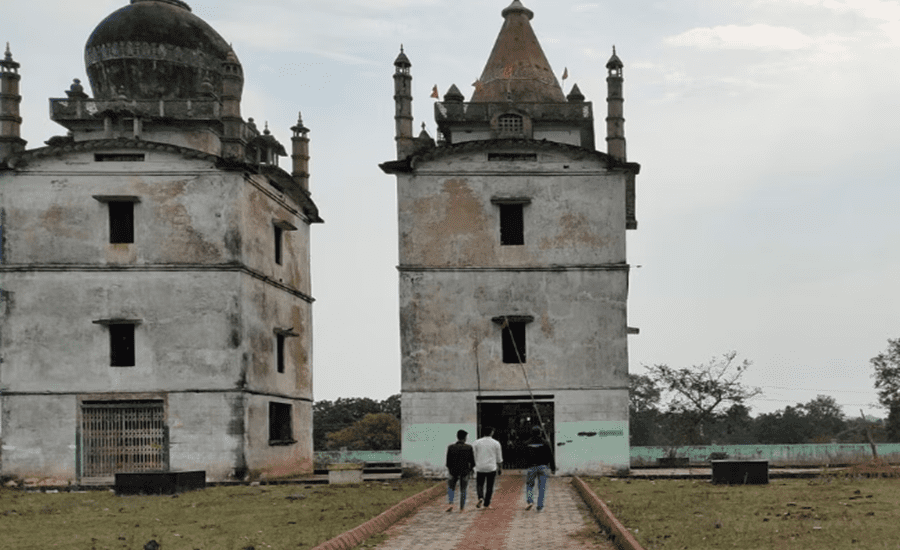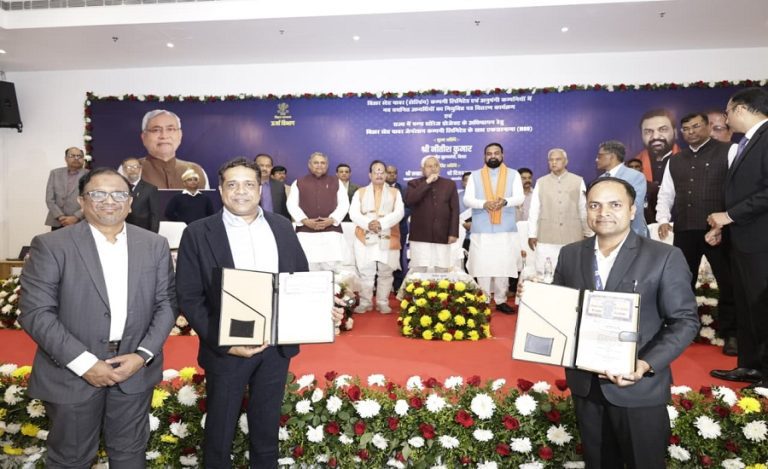In a significant move towards heritage tourism development, Minister Mr. Sudibya Kumar announced that Hazaribagh’s 3,000-year-old megalith—believed to be the only one of its kind in the country—will soon undergo a comprehensive transformation. During his recent visit, Mr. Kumar emphasized that despite its historical importance, the site has long been neglected.
He directed the concerned departments to prepare detailed proposals for the site’s development, underlining that the initiative would not only preserve a unique chapter of ancient history but also attract international recognition.
Land Acquisition and Compensation for Development
The 14-acre megalith site is located on Raiyat land. Mr. Kumar assured that the state government will provide appropriate compensation to all landowners whose property will be acquired for the project. The government aims to adopt a people-centric and transparent approach to ensure equitable development and public participation in transforming the area into a global heritage and tourism center.
Chief Minister’s Vision for Eco-Tourism Growth
Earlier, on September 21st, Chief Minister Mr. Hemant Soren, along with his wife and Gandey MLA Ms. Kalpana Soren, visited several key tourist sites in McCluskieganj to assess tourism potential. This was followed by Mr. Kumar’s visit to the same sites on October 11th.
Both the historic megaliths of Hazaribagh and the iconic Dak Bungalow of McCluskieganj were discussed during the National Tourism Conference held in Rajasthan’s Udaipur district on October 15th and 16th. The government now plans concrete steps to transform these sites into sustainable tourist destinations.
McCluskieganj: Jharkhand’s “Mini London”
Known globally as the only Anglo-Indian village in India, McCluskieganj is often referred to as “Mini London.” It showcases stunning colonial architecture, featuring old British bungalows, temples, mosques, churches, and gurudwaras nestled amid scenic greenery.
Minister Mr. Kumar highlighted that McCluskieganj’s natural beauty, including the serene Nakata Hills and Kothari, along with its riverine landscapes, holds immense potential for eco-tourism and nature-based recreation. The government envisions the area as a model for sustainable tourism, promoting both cultural heritage and ecological conservation.
Megalith Site: Where History Meets Astronomy
The ancient megalith site of Hazaribagh is not just a historical marvel but also an astronomical wonder. Every year, on March 20–21, visitors witness a unique celestial event— the sunrise aligning perfectly between two megaliths, a sight that attracts photographers, tourists, and researchers from around the world.
Experts believe that megaliths in tribal societies were once created in memory of the departed, symbolizing both reverence and cosmic connection. The government now aims to promote this fusion of heritage and science as a hallmark of Jharkhand’s cultural identity.
Economic and Employment Opportunities
The state government’s initiative to develop these heritage and eco-tourism sites is expected to generate significant local employment, stimulate small-scale businesses, and encourage community participation. Once completed, the project will put Hazaribagh and McCluskieganj on the global tourism map as premier destinations for heritage enthusiasts, researchers, and nature lovers alike.



























